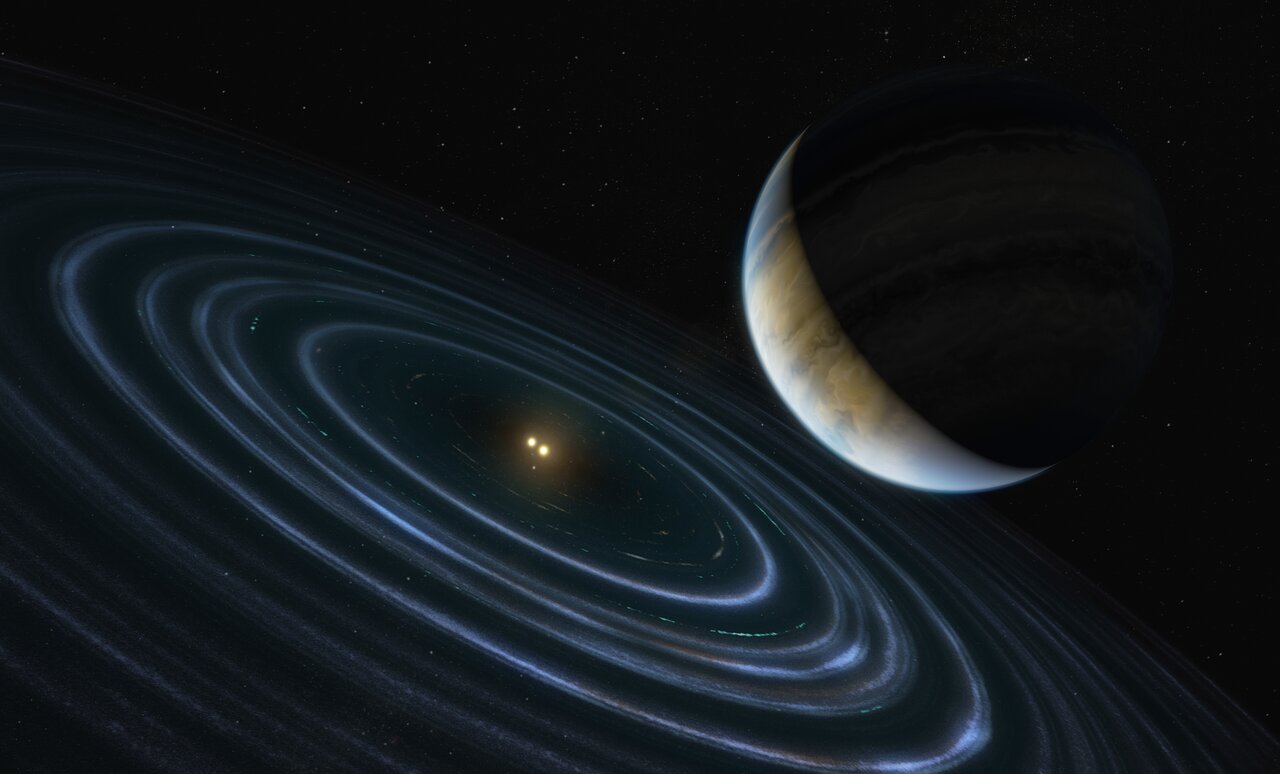We continue to explore the strange and wonderful world of terms and jargon from astronomy. Last time we analyzed what Lagrange points are. The James Webb telescope has already settled on one of them. We also explained what the Big Bang theory is in simple words. In this publication we will tell you what the orbital eccentricity is.

Eccentricity is a measure of how circular an orbit is. An eccentricity of 0 means that the orbit is a perfect circle. Anything between 0 and 1 is an elliptical orbit. If the eccentricity is 1, then it will be a parabola, which is not an orbit at all, but rather an escape trajectory. A value greater than 1 is an orbit in the form of a hyperbola, which is also an escape trajectory.
Examples of orbits in the Solar System
The eccentricity of the Earth’s orbit is 0.0167, and therefore it is almost a perfect circle. Moreover, this value increases and decreases over hundreds of thousands of years due to tiny gravitational interactions with other planets. Of all the planets in the Solar System, Mercury has the highest orbital eccentricity with a value of 0.2. Venus and Neptune have the lowest index — 0.0068 and 0.0112, respectively.
Objects of the outer Kuiper belt, such as the dwarf planets Eris and Sedna, have a very high eccentricity. For example, at perihelion (the closest point of the celestial body’s orbit to the Sun), the distance from Sedna to our star is 76 AU, while at the most distant point of its orbit (aphelion) it is at a distance of 937 AU. This gives it an orbital eccentricity of 0.855.
Most long-period comets have a large eccentricity. For example, Halley’s comet has a value of 0.967. This is a very long thin ellipse, but it still remains in orbit and will periodically return to the inner Solar System.
As another interesting example, we can recall the asteroid Oumuamua. It had an eccentricity of 1,2. This value means that it has never been gravitationally bound to the Sun, but only flew by.
Exoplanets
Known exoplanets tend to have a higher eccentricity than the planets of the Solar System. This is probably due to a bias in our ability to detect them. Current methods of detecting exoplanets tend to find objects with a very large distance from their parent star. In this case, in a remote system, we usually observe one or more planets.
The gravitational interaction of many planets helps to round the orbits and reduce the overall eccentricity. Since there is usually only one large planet in these systems, there is no other interaction that can smooth out its orbit.
Follow us on Twitter to get the most interesting space news in time
https://twitter.com/ust_magazine

